Olusiji O Medaiyese
Hierarchical Learning Framework for UAV Detection and Identification
Jul 10, 2021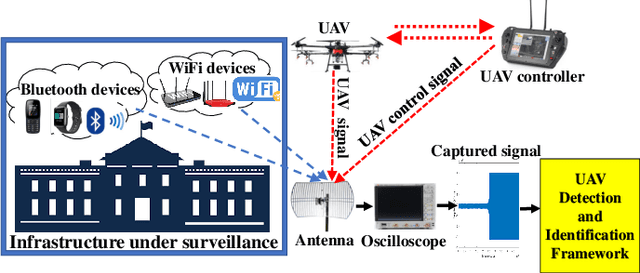
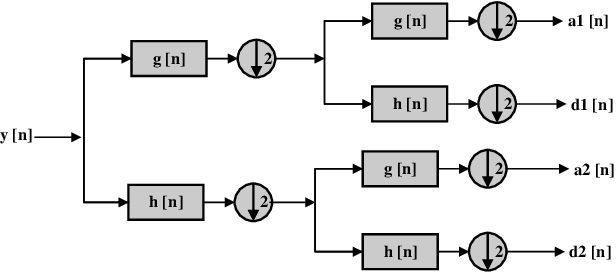

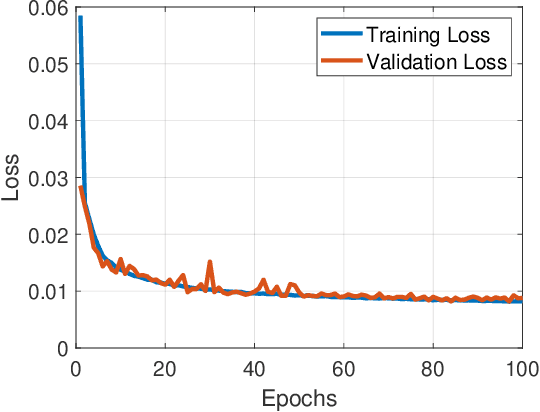
Abstract:The ubiquity of unmanned aerial vehicles (UAVs) or drones is posing both security and safety risks to the public as UAVs are now used for cybercrimes. To mitigate these risks, it is important to have a system that can detect or identify the presence of an intruding UAV in a restricted environment. In this work, we propose a radio frequency (RF) based UAV detection and identification system by exploiting signals emanating from both the UAV and its flight controller, respectively. While several RF devices (i.e., Bluetooth and WiFi devices) operate in the same frequency band as UAVs, the proposed framework utilizes a semi-supervised learning approach for the detection of UAV or UAV's control signals in the presence of other wireless signals such as Bluetooth and WiFi. The semi-supervised learning approach uses stacked denoising autoencoder and local outlier factor algorithms. After the detection of UAV or UAV's control signals, the signal is decomposed by using Hilbert-Huang transform and wavelet packet transform to extract features from the time-frequency-energy domain of the signal. The extracted feature sets are used to train a three-level hierarchical classifier for identifying the type of signals (i.e., UAV or UAV control signal), UAV models, and flight mode of UAV. To demonstrate the feasibility of the proposed framework, we carried out an outdoor experiment for data collection using six UAVs, five Bluetooth devices, and two WiFi devices. The acquired data is called Cardinal RF (CardRF) dataset, and it is available for public use to foster UAV detection and identification research.
Semi-supervised Learning Framework for UAV Detection
Apr 14, 2021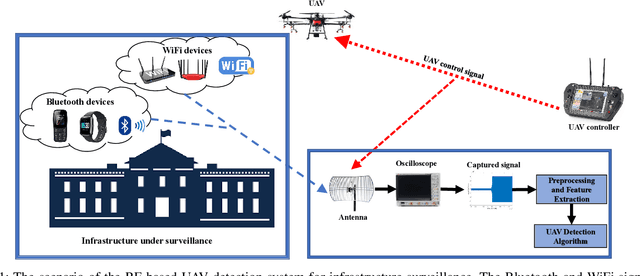

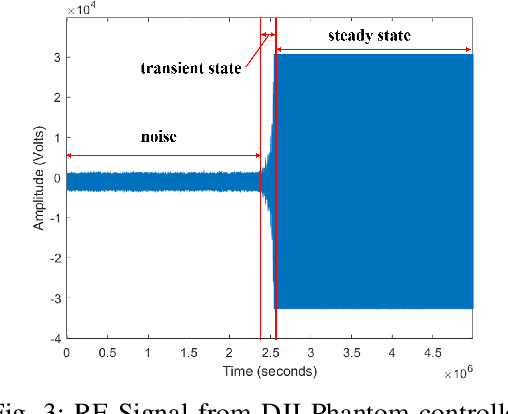
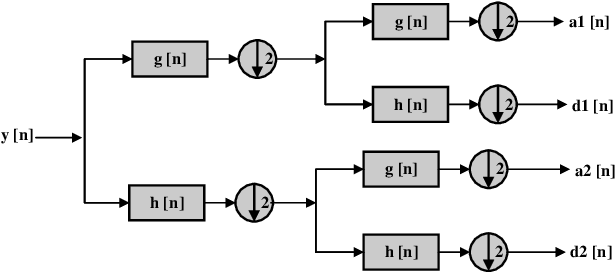
Abstract:The use of supervised learning with various sensing techniques such as audio, visual imaging, thermal sensing, RADAR, and radio frequency (RF) have been widely applied in the detection of unmanned aerial vehicles (UAV) in an environment. However, little or no attention has been given to the application of unsupervised or semi-supervised algorithms for UAV detection. In this paper, we proposed a semi-supervised technique and architecture for detecting UAVs in an environment by exploiting the RF signals (i.e., fingerprints) between a UAV and its flight-controller communication under wireless inference such as Bluetooth and WiFi. By decomposing the RF signals using a two-level wavelet packet transform, we estimated the second moment statistic (i.e., variance) of the coefficients in each packet as a feature set. We developed a local outlier factor model as the UAV detection algorithm using the coefficient variances of the wavelet packets from WiFi and Bluetooth signals. When detecting the presence of RF-based UAV, we achieved an accuracy of 96.7$\%$ and 86$\%$ at a signal-to-noise ratio of 30~dB and 18~dB, respectively. The application of this approach is not limited to UAV detection as it can be extended to the detection of rogue RF devices in an environment.
 Add to Chrome
Add to Chrome Add to Firefox
Add to Firefox Add to Edge
Add to Edge